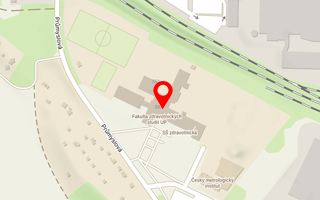Publikace detail
Celoplošný screening sluchu novorozenců v České republice – databáze a nová metodika
Autoři:
Chrobok Viktor | Homoláč Michal | Krtičková Jana | Hloušková Miroslava | Bilinová Lenka | Čelakovská Eva | Blanař Vít | Malý Jan | Komínek Pavel | Hejduk Karel | Dršata Jakub
Rok: 2022
Druh publikace: ostatní - článek
Název zdroje: Česko-slovenská neonatologie
Strana od-do: 82-88
